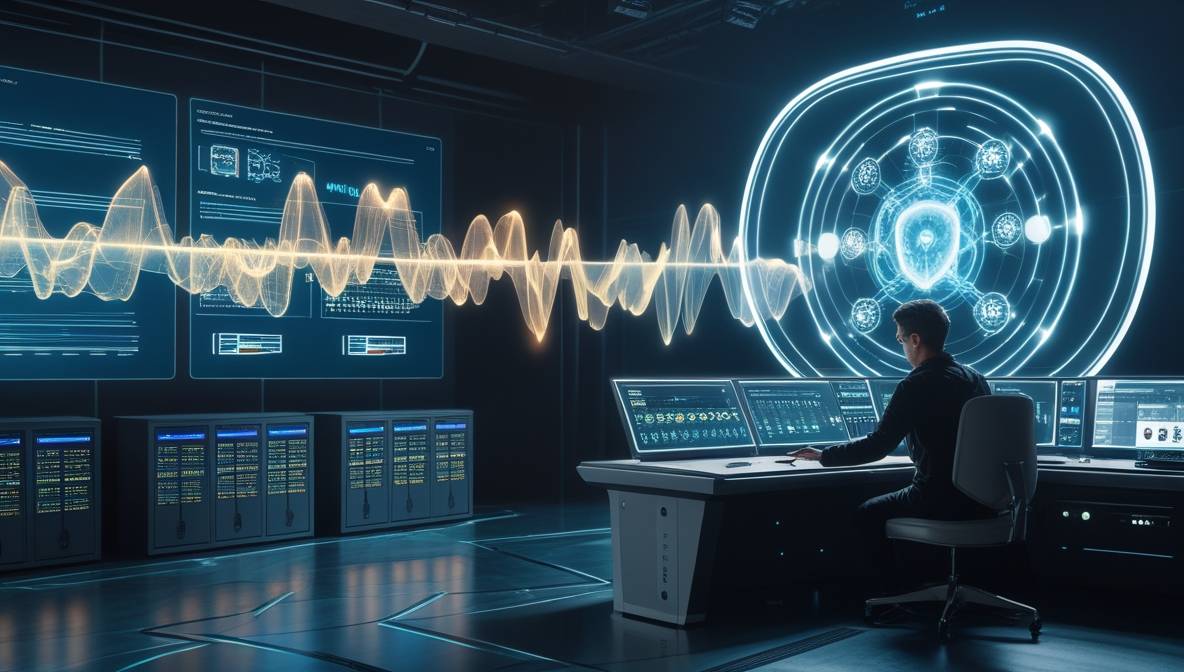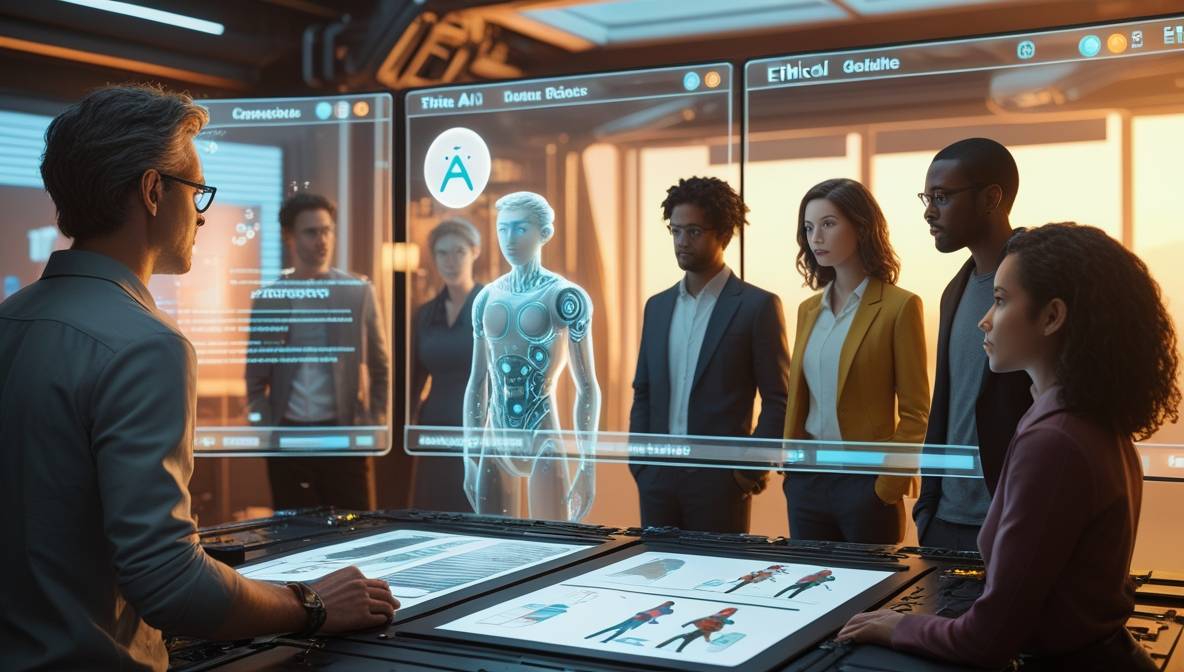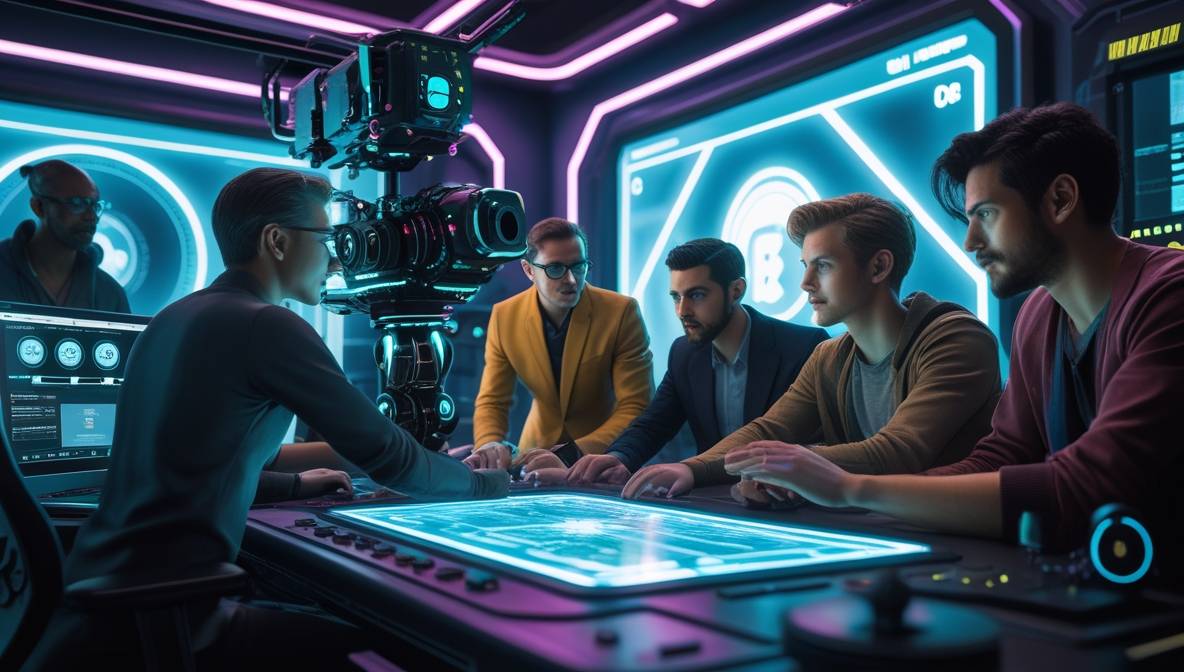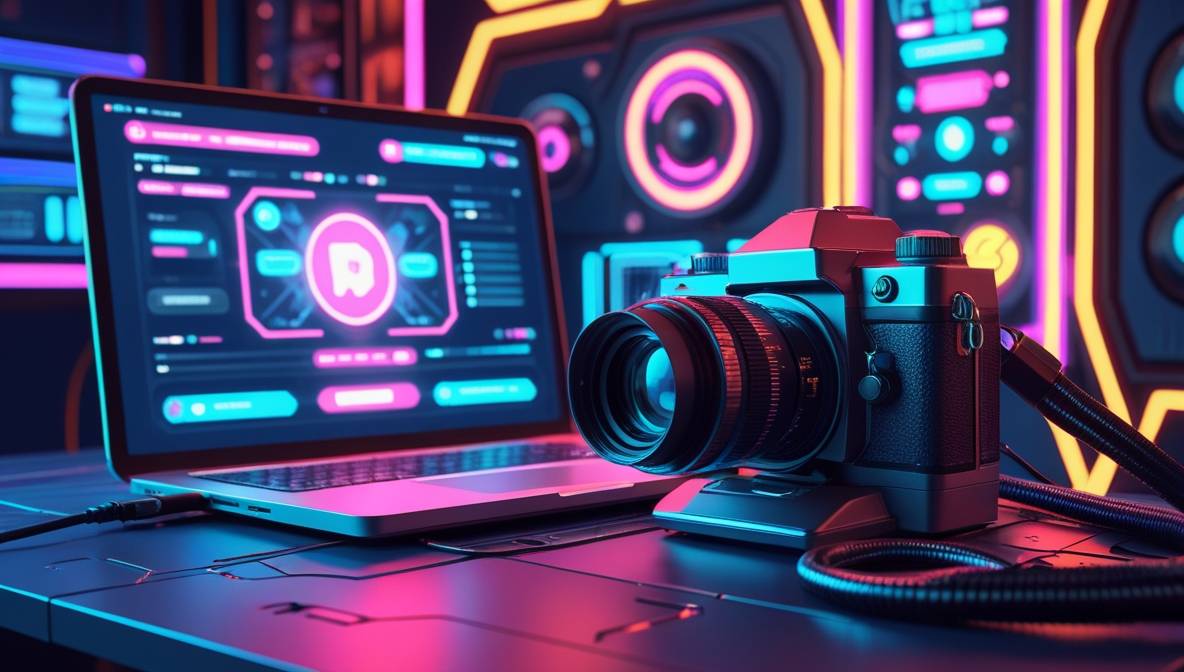DSLR cameras have revolutionized filmmaking by offering high-quality image sensors, versatility, and affordability. These tools empower creators to produce cinematic footage that rivals professional-grade equipment. This guide dives into essential settings, gear recommendations, and techniques to unlock the full potential of DSLR filmmaking.
Choosing the Right DSLR Camera
Selecting a DSLR for cinematic work involves prioritizing features like full-frame sensors, manual controls, and high ISO performance. Below are top recommendations:
| Camera Model | Key Features | Best For |
|---|---|---|
| Canon EOS R5 | 8K video, full-frame sensor | High-resolution projects |
| Sony Alpha a7S III | Low-light excellence, 4K 120fps | Dynamic range & night shoots |
| Nikon Z6 II | Dual processors, 4K UHD | Balanced performance |
For budget-friendly alternatives, explore entry-level DSLR options.
Video Formats and Resolutions
Modern DSLRs support formats like H.264 (efficient compression) and H.265 (higher quality). Resolutions range from 1080p to 8K:
- 1080p: Ideal for web content or smaller screens.
- 4K: Offers detail for cropping or post-production stabilization.
- 6K/8K: Future-proofing for high-end projects.
Always match resolution to your output platform. For example, social media thrives on 1080p, while film festivals demand 4K.
Frame Rate and Shutter Speed
Frame Rate Guidelines
- 24fps: Standard cinematic look.
- 30fps/60fps: Smooth motion for documentaries or slow-motion effects.
- 120fps+: Ultra-slow-motion sequences.
Pair a 24fps frame rate with a 1/50s shutter speed to mimic natural motion blur. For 60fps, use 1/120s.
Aperture and Depth of Field
Aperture (f-stop) controls light intake and depth of field:
- Low f-stop (f/1.8): Shallow depth of field for subject isolation.
- High f-stop (f/16): Entire scene in focus.
For tutorials on lens selection, visit Top Cinema Lenses.
Manual Focus Techniques
Autofocus can struggle in low light or complex scenes. Use manual focus to:
- Pull focus between subjects.
- Maintain sharpness during movement.
- Create dramatic transitions.
White Balance and Color Profiles
- White Balance: Match lighting conditions (e.g., 5600K for daylight).
- Color Profiles: Flat profiles (LOG) preserve dynamic range for grading.
For post-production workflows, explore color grading tips.
ND Filters and Polarizers
| Filter Type | Purpose |
|---|---|
| ND Filter | Reduces light for shallow depth of field |
| Circular Polarizer | Minimizes glare, enhances sky/water contrast |
Stabilization Gear
Tripods vs. Gimbals
- Tripods: Static shots, time-lapses, interviews.
- Gimbals: Smooth motion for tracking or walking shots.
Check gimbal recommendations for DSLR compatibility.
Composition and Movement
Rule of Thirds
Place subjects at intersecting grid lines for balanced framing.
Camera Movement Tips
- Panning: Horizontal swivel for establishing shots.
- Dolly Zoom: Combine forward motion with zoom-out for dramatic effect.
Lighting for Mood
- Low-Key Lighting: High contrast for suspense.
- High-Key Lighting: Bright, even illumination for comedies.
For DIY setups, learn about affordable lighting kits.
Audio Capture
DSLR built-in mics often lack quality. Use external options:
- Shotgun Mics: Directional audio for dialogue.
- Lavaliers: Hands-free recording for interviews.
Explore audio production services for professional results.
Post-Production Workflow
- Editing Software: Adobe Premiere Pro, DaVinci Resolve.
- Color Grading: Enhance LOG footage with LUTs.
- Sound Design: Layer ambient noise and Foley effects.
For editing tutorials, visit our video production guide.



